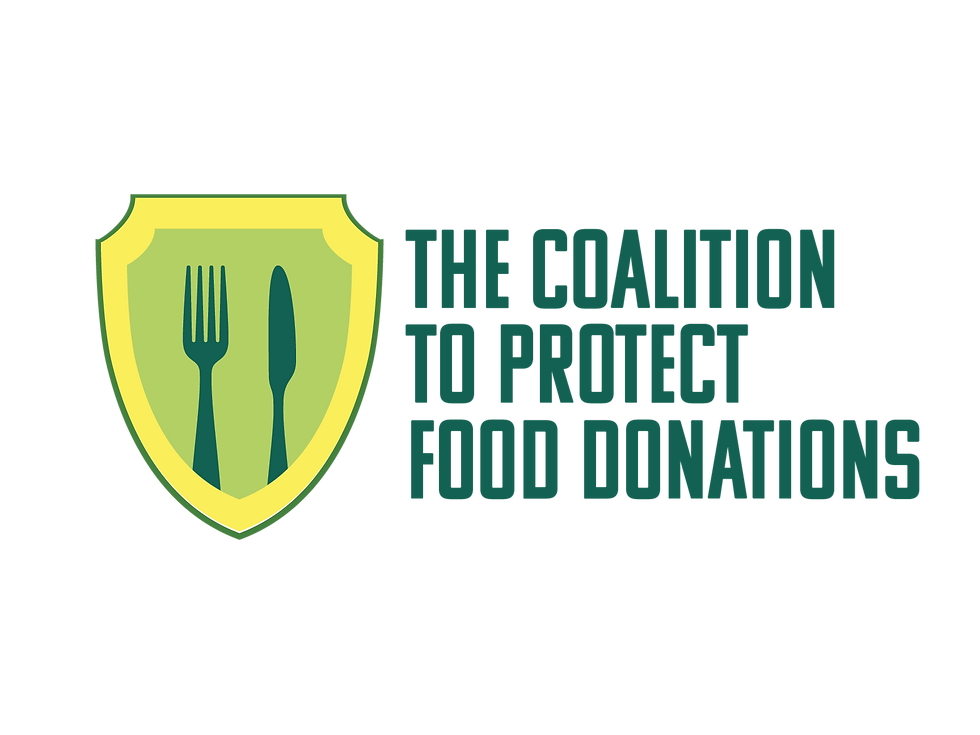

What Is the 1% Charitable Deduction Floor?
Beginning in 2026, corporations can only deduct charitable contributions that exceed 1% of their taxable income.
-
Example: A company with $100 million in taxable income can only deduct donations above $1 million.
-
This rule was designed for cash and stock contributions, but because of how the law was written, it also applies to in-kind food donations.
The problem:
-
Most surplus food donations don’t add up to 1% of a company’s income – meaning many businesses won’t get a charitable deduction at all for donating food.
-
But if that same food is thrown away, companies can still claim a business loss deduction (which has no floor).
Bottom line: The tax code now makes it cheaper to waste food than to donate it.
Why It Matters

Fairness for Businesses:
Restaurants and grocers should not be penalized for donating surplus food when it costs more to donate than to dispose.

Stronger Communities:
Surplus food donations are the backbone of local food banks, churches, and nonprofits that serve families.

Responsible Stewardship:
Keeping good food out of landfills is about efficiency and making the most of what we produce.
OUR SOLUTION
A narrow, technical correction will fix the problem: Exempt surplus food donations from the OBBBA’s new 1% charitable floor.
.png)
JOIN THE COALITION


Protecting Surplus Food Donations
A glitch in the One Big Beautiful Bill Act (OBBBA) threatens the nation’s food rescue system. Without a fix, small businesses and independent restaurants will have fewer incentives to donate surplus food — putting millions of meals and community food banks at risk.
Every year, small restaurants, grocers, and producers donate countless pounds of safe, high-quality food to families in need. These local efforts form the backbone of food recovery in America.
The Issue
-
Under the OBBBA, many small businesses may lose tax deductions when they donate surplus food.
-
This creates an unintended disincentive — it could soon be cheaper to waste food than to donate it.
-
Without a fix, independent restaurants, local grocers, and small producers may have to scale back donations, leaving food banks and community partners short of supply.

.png)
